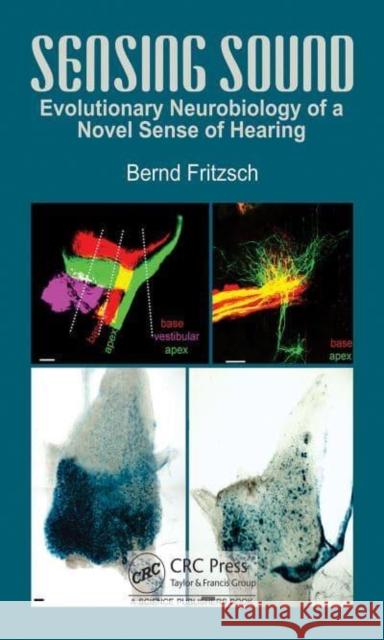Sensing Sound: Neurobiology of the Acquisition of a Novel Sense and Its Societal Impact » książka
topmenu
Sensing Sound: Neurobiology of the Acquisition of a Novel Sense and Its Societal Impact
ISBN-13: 9781138497177 / Angielski / Twarda / 2023 / 225 str.
Sensing Sound: Neurobiology of the Acquisition of a Novel Sense and Its Societal Impact
ISBN-13: 9781138497177 / Angielski / Twarda / 2023 / 225 str.
cena 778,85
(netto: 741,76 VAT: 5%)
Najniższa cena z 30 dni: 730,42
(netto: 741,76 VAT: 5%)
Najniższa cena z 30 dni: 730,42
Termin realizacji zamówienia:
ok. 22 dni roboczych
Bez gwarancji dostawy przed świętami
ok. 22 dni roboczych
Bez gwarancji dostawy przed świętami
Darmowa dostawa!
Kategorie BISAC:
Wydawca:
CRC Press
Język:
Angielski
ISBN-13:
9781138497177
Rok wydania:
2023
Ilość stron:
225
Oprawa:
Twarda
Wolumenów:
01
Dodatkowe informacje:
Bibliografia











